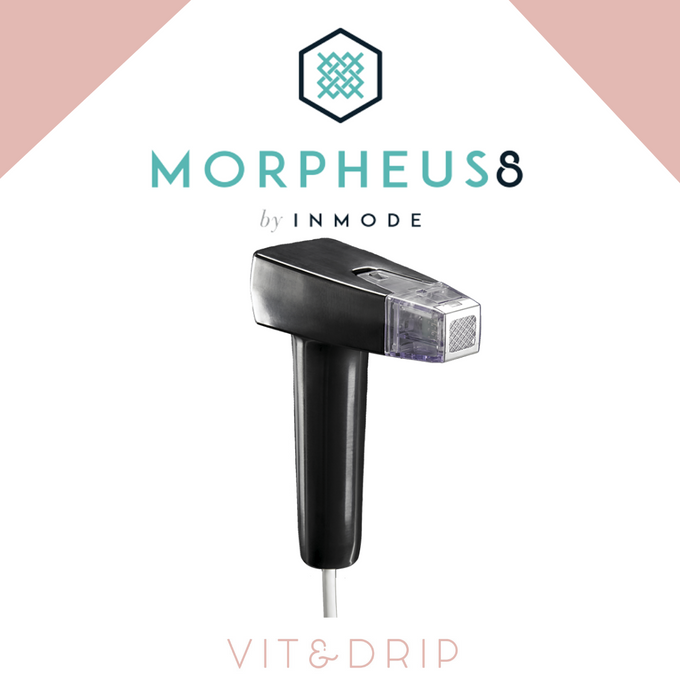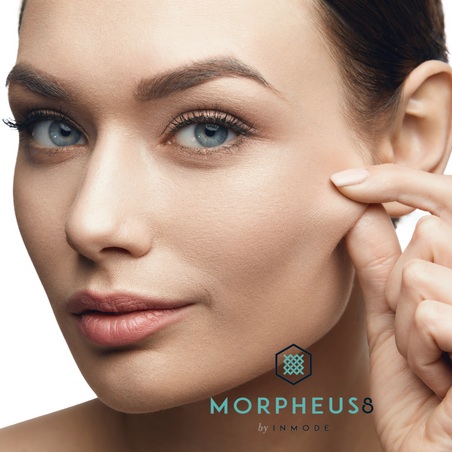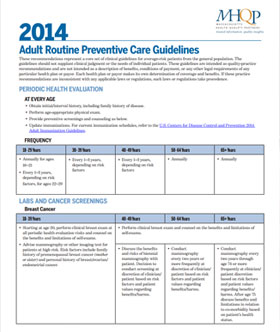The Powerful Benefits of Microneedling with Radiofrequency
Morpheus8 is more than just a microneedling device. It’s our latest and greatest full-body, non-surgical, anti-aging tool that stimulates a serious skin-tightening process thanks to the addition of radiofrequency.
This advanced microneedling treatment – the first and only full-body subdermal adipose remodeling device (it targets the deflation of soft tissue, like an aging jowl) – has incredible benefits.

How MORPHEUS8 works:
You probably heard of microneedling – a dermapen procedure that uses small needles to prick the skin, in order to generate new collagen and tissue for smoother, firmer, more toned skin
Morpheus8 works similar to a microneedling tool, but rather than simply prick the skin, this device also incorporates radiofrequency, which triggers that collagen and elastin production at a deeper level that microneedling can’t reach. The 24 coated pins penetrate into the subdermal tissue, coagulating the fat and contracting connective tissue to tighten and rejuvenate the treated area.


As for the procedure, after using a topical numbing cream on the patient’s treatment area, the handheld device is pressed into the area, allowing the minuscule microneedles to perforate the skin. Once the pins are in place, they emit radiofrequency (RF) waves. The heat from these waves penetrates deep into the dermal skin layer, tightening the skin and fat below. The whole procedure – numbing and preparations included – doesn’t take much more than two hours.
Morpheus8 treatment delivers uniform results for all skin types without creating any thermal damage to your dermis. The innovative technology also reduces the risk of post-inflammatory hyperpigmentation, which is a side effect of some resurfacing techniques.
Why MORPHEUS8 is more effective then other devices?
The secret lies in how the RF and microneedling combine. Microneedling creates the channels to allow the RF to penetrate the skin’s deepest layers. And when RF can reach those deeper layers, it’s what truly contours and transforms the skin.
Ideal areas to treat & target:
Morpheus8’s most popular target area might just be jowls, jawline, and submental area of the neck (the space below the chin). But it can also be used to tighten loose skin on the inner and outer thighs, above the knees, and abdomen. It can also be used to reduce the appearance of acne and acne scars, stretch marks, enlarged pores, and wrinkles.
- Loose or sagging skin of face, jawline, neck, and body
- Wrinkles and fine lines on face, neck, and décolletage
- Under eyes sagging skin and wrinkles
- Acne Scarring
- Stretch marks
- Discolorations
- Crepey Skin on Arms, Knees and Abdominal
